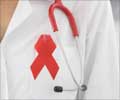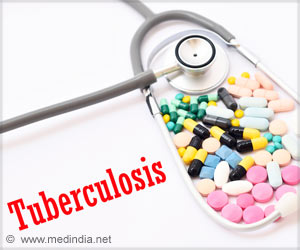Scientists from The University of Texas at Austin have unravelled the atomic structure of a key human enzyme - a finding that would help create less toxic anti-HIV drugs.
Scientists from The University of Texas at Austin have unravelled the atomic structure of a key human enzyme - a finding that would help create less toxic anti-HIV drugs.
"Many anti-HIV drugs are designed to stop the process of DNA replication," said Dr. Whitney Yin, assistant professor of chemistry and biochemistry."That turns out to be a great thing to do to help cure virus infections, because it stop the processes of viral replication.
"At the same time, however, when you target such a critical process in viruses, you may also target human enzymes that perform similar functions in normal cells, and this is what causes harmful drug side effects," Yin added.
During the study, Yin and Young-sam Lee unravelled the atomic structure of an enzyme, known as Pol ? (pol gamma), that is responsible for DNA replication in human mitochondria.
When mitochondria are working normally, they produce most of the energy that sustains human cells. When pol gamma comes into contact with certain anti-retroviral drugs, however, it can incorporate the drug into mitochondrial DNA, and thus interfere with the normal replication process.
This interferes with the ability of mitochondria to function. The consequences can range from simple nausea to bone marrow depletion to organ failure.
Advertisement
"However, in large part because combination therapies have become more successful and patients are living longer, toxicity has become more of an issue than before," Yin added.
Advertisement
Source-ANI
LIN









